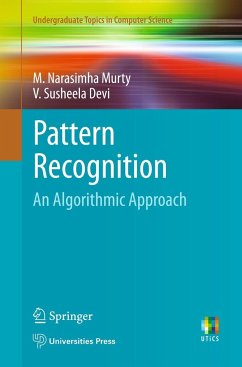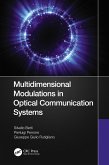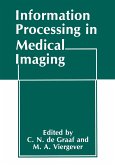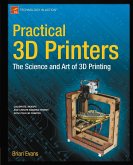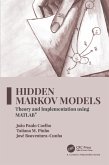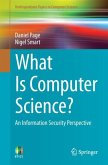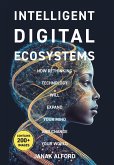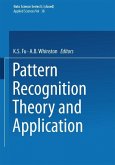Observing the environment and recognising patterns for the purpose of decision making is fundamental to human nature. This book deals with the scientific discipline that enables similar perception in machines through pattern recognition, which has application in diverse technology areas character recognition, image processing, industrial automation, internet searches, speech recognition, medical diagnostics, target recognition, space science, remote sensing, data mining, biometric identification to name a few. This book is an exposition of principal topics in pattern recognition using an algorithmic approach. It provides a thorough introduction to the concepts of pattern recognition and a systematic account of the major topics in pattern recognition besides reviewing the vast progress made in the field in recent times. It includes basic techniques of pattern recognition, neural networks, support vector machines and decision trees. While theoretical aspects have been given due coverage, the emphasis is more on the practical. The book is replete with examples and illustrations and includes chapter-end exercises. It is designed to meet the needs of senior undergraduate and postgraduate students of computer science engineering and allied disciplines.
From the reviews:
"This interesting book provides a concise and simple exposition of principal topics in pattern recognition using an algorithmic approach, and is intended mainly for undergraduate and postgraduate students. ... An application to handwritten digit recognition is described at the end of the book. Many examples and exercises are proposed to make the treatment clear. A 'further reading' section and a bibliography are presented at the end of each chapter." (Patrizio Frosini, Zentralblatt MATH, Vol. 1238, 2012)
"This interesting book provides a concise and simple exposition of principal topics in pattern recognition using an algorithmic approach, and is intended mainly for undergraduate and postgraduate students. ... An application to handwritten digit recognition is described at the end of the book. Many examples and exercises are proposed to make the treatment clear. A 'further reading' section and a bibliography are presented at the end of each chapter." (Patrizio Frosini, Zentralblatt MATH, Vol. 1238, 2012)

